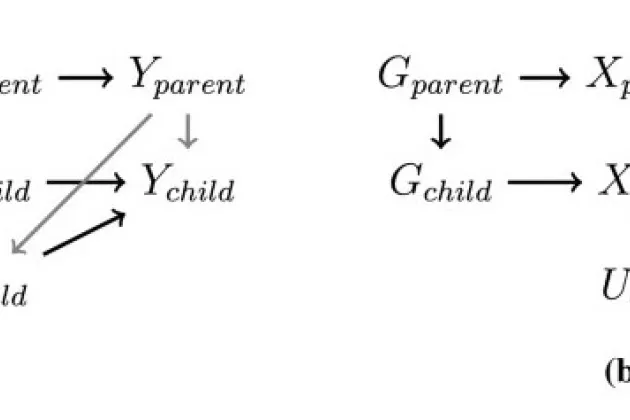Read the paper at https://journals.lww.com/epidem/Fulltext/2022/01000/Mendelian_Randomiza…
Mendelian Randomization With Repeated Measures of a Time-varying Exposure
Mendelian randomization (MR) is often used to estimate effects of time-varying exposures on health outcomes using observational data. However, MR studies typically use a single measurement of exposure and apply conventional instrumental variable (IV) methods designed to handle time-fixed exposures. As such, MR effect estimates for time-varying exposures are often biased, and interpretations are unclear. We describe the instrumental conditions required for IV estimation with a time-varying exposure, and the additional conditions required to causally interpret MR estimates as a point effect, a period effect or a lifetime effect depending on whether researchers have measurements at a single or multiple time points. We propose methods to incorporate time-varying exposures in MR analyses based on g-estimation of structural mean models, and demonstrate its application by estimating the period effect of alcohol intake, high-density lipoprotein cholesterol and low-density lipoprotein cholesterol on intermediate coronary heart disease outcomes using data from the Framingham Heart Study. We use this data example to highlight the challenges of interpreting MR estimates as causal effects, and describe other extensions of structural mean models for more complex data scenarios.



